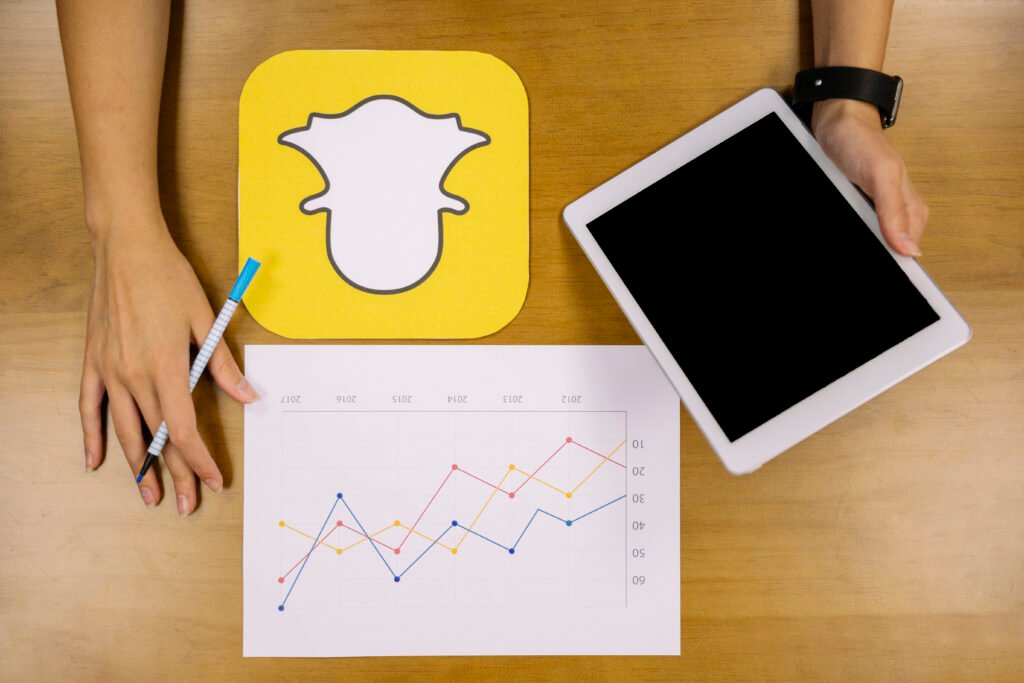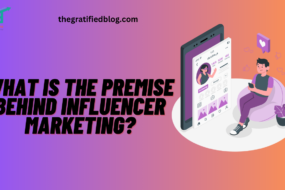
In today’s dynamic digital landscape, influencer marketing has emerged as a powerful strategy for businesses looking to enhance their online presence. Collaborating with influencers enables brands to tap into established audiences and build credibility within their niche. However, the effectiveness of these campaigns relies heavily on the ability to track and measure their impact. In this blog post, we will delve into the essential practices and tools that illuminate the path on “How to track influencer marketing” successfully.
Understanding the performance of influencer marketing is paramount for businesses seeking to optimize their strategies and investments. Without a clear tracking mechanism, it becomes challenging to gauge the return on investment (ROI) and identify areas for improvement. By honing in on the insights provided by effective tracking, businesses can unlock the full potential of influencer collaborations.
Tracking influencer marketing goes beyond simply counting likes and comments. It involves a comprehensive analysis of key metrics such as engagement rates, reach, and conversions. In the following sections, we will explore the intricacies of these metrics and introduce valuable tools that empower businesses to measure the impact of their influencer marketing initiatives.
So, buckle up as we embark on a journey to unravel the mysteries behind “How to track influencer marketing” and elevate your brand’s online influence.
What Is Influencer Marketing?
Before diving into how to track influencer marketing, let’s first define it. Influencer marketing centers on leveraging prominent figures to convey your brand’s message to a broader audience. These key leaders, or influencers, can be anyone from celebrities and industry experts to social media personalities and bloggers.

Influencer marketing aims to build relationships with these influencers and get them to endorse your product or service. This endorsement can come in a blog post, social media shout-out, or even a mention in an email newsletter.
If done correctly, influencer marketing can prove highly efficient in reaching new customers and expanding your business. How can you assess the success of your influencer marketing campaigns?
Read More – What Is Influencer Marketing?
Here Are A Few Metrics You Can Use To Track Influencer Marketing

Reach
The first metric you should track is reached, or how many people your campaign gets. There are a few different ways to measure reach, but one of the most common is to look at the number of impressions your campaign receives. Impressions are defined as the number of times people see your campaign.
You can also measure reach by looking at the number of unique visitors to your website or blog post or the number of new social media followers you gain due to your campaign.
Engagement
Monitoring engagement is crucial when gauging the effectiveness of assessing the success of your influencer marketing campaign. Interaction with your content defines what is meant by engagement.
Some examples of engagement include likes, comments, shares, and clicks. The more people engage with your content, the more successful your campaign will likely be.
Also, read – 10 Ways To Build A Solid Customer Engagement Strategy
Leads Generated
A lead is someone who has shown an interest in your product or service. A lead can be generated in several ways, but some common examples include filling out a contact form on your website or subscribing to your email list.
Tracking the number of leads generated from your influencer marketing campaign can give you a good idea of how effectively it drives new business.
Sales
The final metric you should track is sales. This one is self-explanatory – if your influencer marketing campaign results in more sales, it’s successful.
Measuring sales can be tricky, but there are a few different ways. One method is tracking how many people use a unique discount code you offer to influencers. Another way to measure sales is to look at how much revenue is generated from traffic that comes from your influencer’s blog or social media account.
Learn more from the video source:
Why Does Influencer Marketing Need To Be Tracked?
Influencer marketing needs to be tracked because it’s essential to know how well your campaigns perform. Several ways to track influencer marketing include social media metrics, sales numbers, website traffic, and engagement rates.
- By monitoring these elements, you can better understand what is effective and what is not.
- Tracking influencer marketing to improve your campaigns over time is also essential. For example, if you see one type of campaign outperforming another, you can focus on running more successful campaigns in the future.
- In short, tracking influencer marketing is essential to run successful campaigns.
There are various ways to track influencer marketing, and the best way to track it will depend on your goals. However, some essential things to follow include social media metrics, sales numbers, website traffic, and engagement rates. You can better understand what’s working and adjust your campaigns accordingly by tracking these things.
4 Ways: How To Track Influencer Marketing?
Set Up Google Analytics
If your website lacks Google Analytics, consider implementing it now. Google Analytics is a no-cost tool that enables you to monitor your website traffic and see where it’s coming from. Setting up Google Analytics extensively discussing this topic is beyond the confines of this blog post, but numerous resources are available. Resources to help you get started. Once you set up Google Analytics, add tracked links to your influencer’s content to see how much they drive traffic to your website.
Use UTM Parameters
UTM parameters are special codes you can add to your links to track their origins. For example, you’re running an influencer marketing campaign with three influencers. You can use UTM parameters to track which link came from which influencer. That way, when someone clicks on a link and ends up on your website, you can tell which influencer drove that traffic. Adding UTM parameters can be technical, but plenty of resources can help you get started.
Keep An Eye On Your Social Media Metrics

Monitor your social media metrics if you’re running an influencer marketing campaign. These metrics will give you an idea of how much reach and engagement your campaign is getting. For example, you can track hashtag impressions and retweets if you’re running a Twitter campaign. You can track post reach and reactions if you’re running a Facebook campaign. Again, there are tons of resources to help you follow social media metrics.
Pay Attention To Your Sales Numbers
What matters is whether or not your influencer marketing campaigns are driving sales. So, pay attention to your sales numbers before and after you run an influencer marketing campaign. If you see a spike in sales after running a campaign, that’s a good sign that the campaign was successful. On the other hand, if sales remain flat or decline after running a campaign, that’s a bad sign that the campaign wasn’t successful. Of course, other factors can affect sales (like seasonality), so it’s essential to take those into account when evaluating the success of your influencer marketing campaigns.
However, if all other things are equal and you see a decline in sales after an influencer marketing campaign, that’s something worth investigating further. The influencers you worked with didn’t have as much influence as you thought, or the product or service you’re selling isn’t resonating with their audience.
15 Tips For Tracking & Measuring Influencer Marketing Campaigns

There are a few different ways to track and measure influencer marketing campaigns. Here are 15 tips to help you get started:
- Set up your website’s Google Analytics and track links to see how much traffic your influencers drive.
- Use UTM parameters to track which links come from which influencers.
- Monitor your social media metrics to see how much reach and engagement your campaign gets.
- Pay attention to your sales numbers before and after you run an influencer marketing campaign.
- Use a tool like BuzzSumo to see how much social media activity your influencers drive.
- Use a tool like Klout to measure your influencers’ influence scores.
- Use a tool like Hootsuite Insights to track how often your brand is mentioned online.
- Run a Google AdWords campaign and use tracking codes to see how many people click on your ads from your influencers’ content.
- Use a URL shortener like bit.ly to track how many people click on links from your influencers’ content.
- Use a tool like Followerwonk to track how many new followers your influencers are helping you gain.
- Use a tool like SocialRank to see how engaged your followers are.
- Use a tool like Crowdbooster to track how much reach and engagement your campaign is getting.
- Use a tool like Measured to track how much reach and engagement your campaign is getting.
- Use a tool like Meltwater to track how often your brand is mentioned online.
- Keep an eye on the overall performance of your website and look for any spikes in traffic or conversions after running an influencer marketing campaign.
Conclusion
Tracking influencer marketing can help you measure your campaigns’ success and ensure you get the most bang for your buck. Use the four metrics above to get started, and you’ll be on your way to tracking influencer marketing like a pro!
Do you have any other tips for how to track influencer marketing? Please share them with us in the comments below!








No Comments